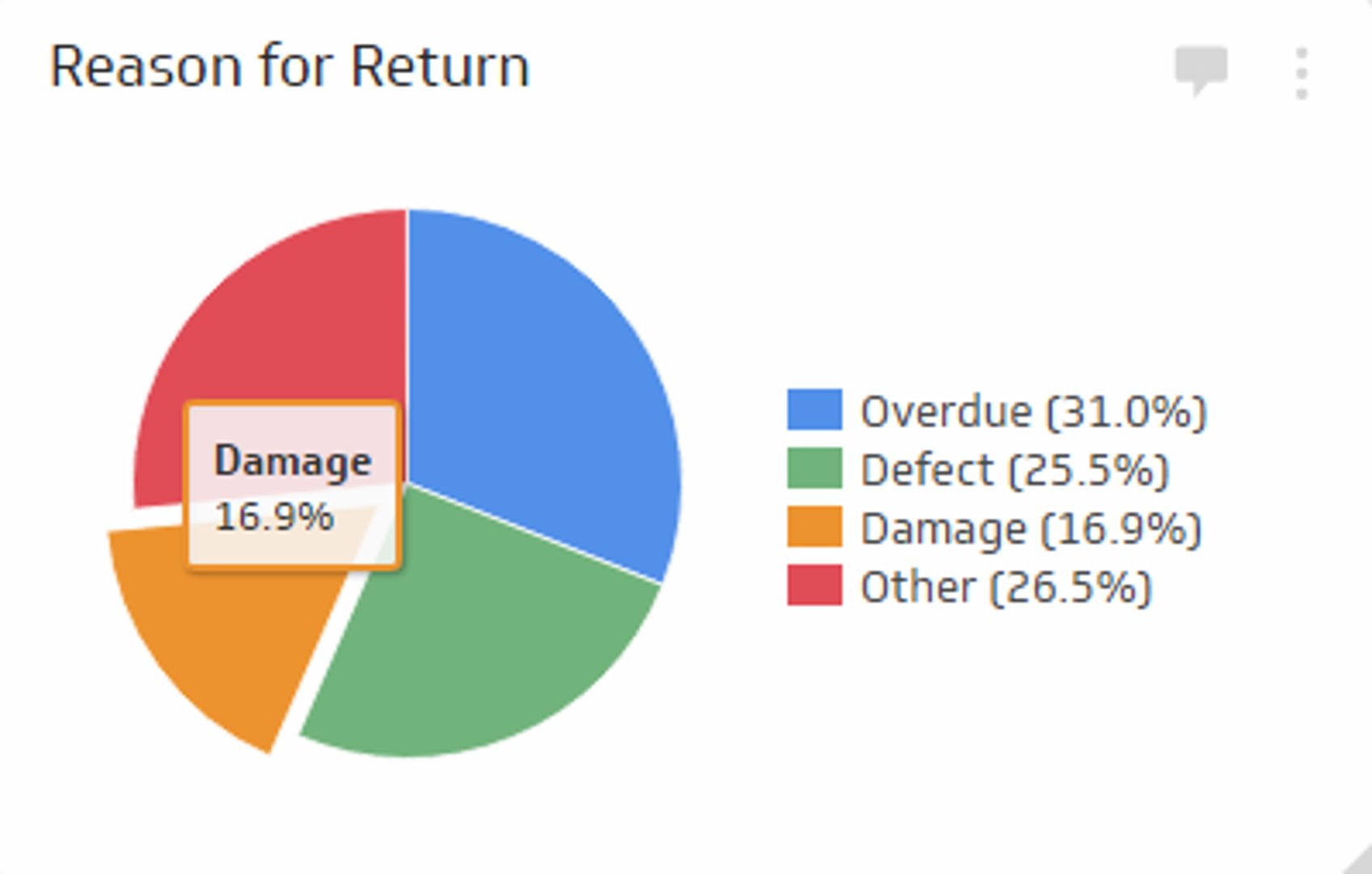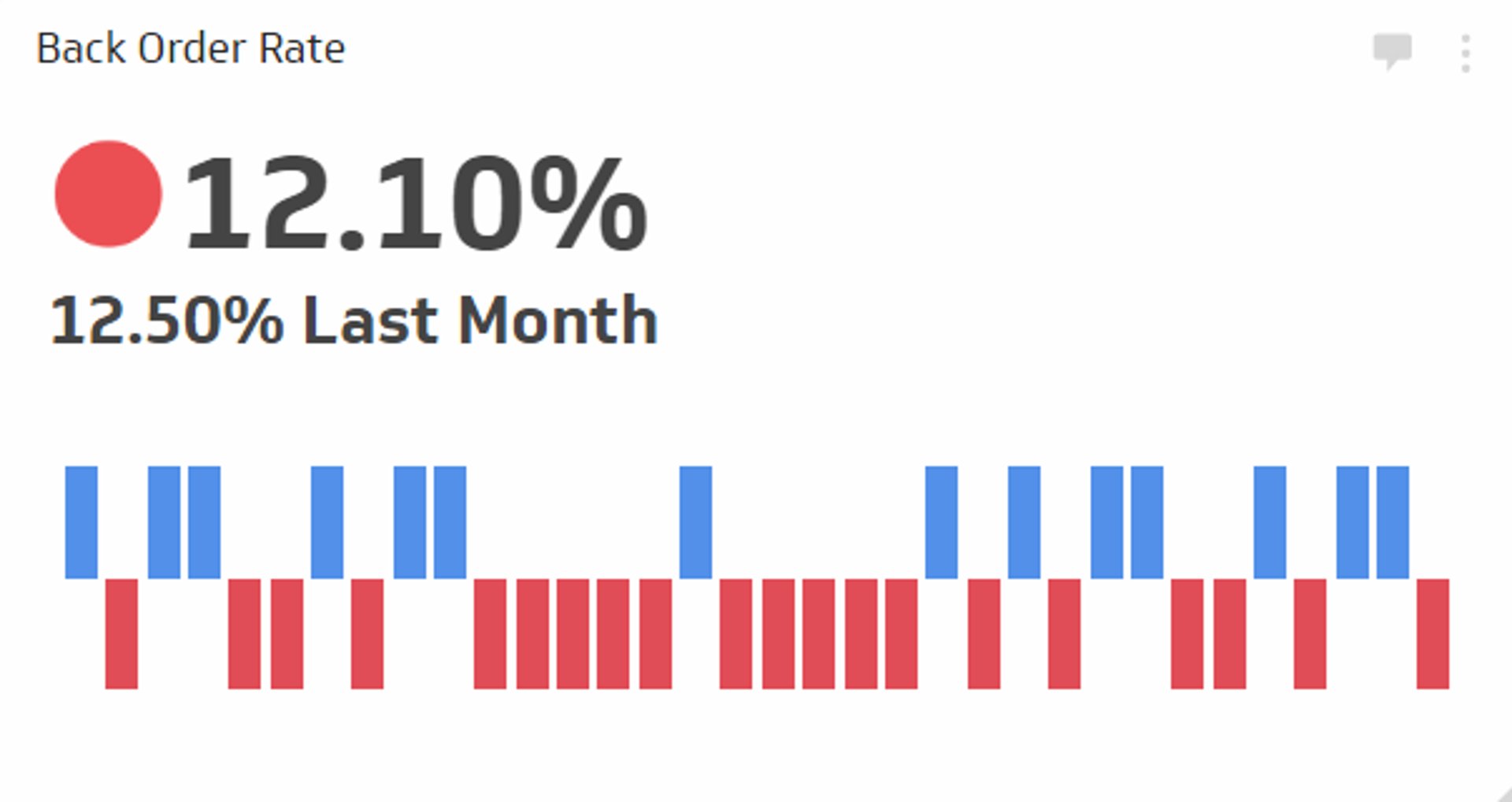Units Per Transaction Metric
Measure the number of units purchased in each transaction.
Track all your Supply Chain KPIs in one place
Sign up for free and start making decisions for your business with confidence.

Overview
The Units per Transaction KPI measures the average number of units purchased over a period of time and compares that value to target values. Calculate units per transaction using the following formula:
# of units sold ÷ # of transactions
This KPI provides important data about customer purchase trends, and the effectiveness of your sales teams at moving product quickly. Consider pairing units per transaction with the Average Purchase Value KPI and Cash Conversion Cycle KPI to get insight about your fiscal health. Each type of industry will have different norms for the number of units per transaction so it's important to compare your values to historic averages and suppliers within your industry.
Monitoring Supply Chain KPIs on a Dashboard
Once you have established benchmarks and targets for Units per Transaction, you’ll want to establish processes for monitoring this and other supply chain KPIs. Dashboards can be critical in this regard. Read more
Related Metrics & KPIs



